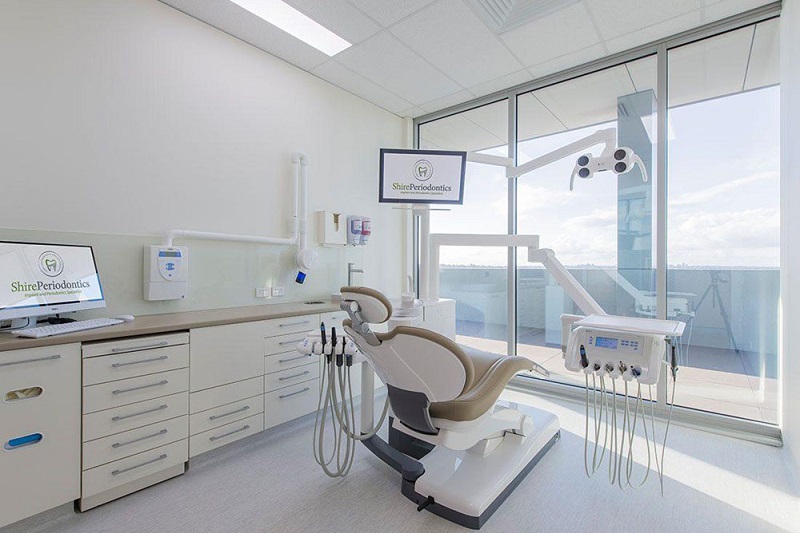Introduction
The introduction to “The Future of Cross-Browser Testing: Automation Techniques and Tools” can be written as follows:
Cross-browser testing is an essential aspect of modern software development, as it helps ensure that websites and applications work consistently and correctly across different browsers and devices. As the web and technology continue to evolve, so does the complexity of cross-browser testing.
In response to these challenges, automation has become a critical component of cross-browser testing. Automation not only help improve the accuracy and efficiency of testing, but it also enables teams to keep pace with the rapid changes in technology.
In this article, we will examine the benefits of automating cross-browser testing, the different automation techniques and tools available, and best practices for implementing automation in your cross-browser testing efforts. Whether you’re a seasoned tester or just starting out, this article provides an in-depth look at the future of cross-browser testing and the role of automation in making it easier, faster, and more effective.
The Benefits of Automating Cross-Browser Testing
Improved Accuracy and Consistency: Automating cross-browser testing eliminates manual errors and inconsistencies in testing and makes sure that tests are run precisely and consistently each time. This will yield high-quality and reliability of test results.
Increased Testing Speed and Efficiency: Automated cross-browser testing helps run tests rapidly and more efficiently as compared to manual testing, freeing up time for testers to concentrate on core activities. This helps speed up the development and release process.
Better Collaboration and Integration with CI/CD pipelines: Automated cross-browser testing can be integrated into continuous integration and continuous delivery (CI/CD) pipelines, enabling teams to quickly and easily identify and fix issues in the code. This helps improve collaboration between development and testing teams.
Reduced Costs and Improved ROI: Automating cross-browser testing can reduce the time and resources required for testing, leading to lower costs and improved return on investment. Automation also helps eliminate manual testing, freeing testers to focus on more valuable tasks.
By automating cross-browser testing, teams can improve their testing efforts’ accuracy, efficiency, and reliability and stay ahead of the curve in an ever-changing technology landscape.
Automation Techniques for Cross-Browser Testing
The different automation techniques for cross-browser testing can be described as follows:
Record and Replay: This technique involves recording a test script using a testing tool and replaying it on multiple browsers and devices. This approach is fast and easy to implement but may not be as flexible or tailored other automation methods.
Keyword-Driven Testing: This technique uses keywords to automate tests and to perform actions, such as clicking a button or entering text a field. This approach is simple and can be used to test a wide range of applications, but it requires a significant amount of time and effort to set up and maintain.
Data-Driven Testing: This technique involves separating test data from test code and storing it in a data source, such as an Excel spreadsheet or a database. This approach allows tests to be data-driven and enables teams to test a wide range of scenarios.
Model-Based Testing: This technique involves modelling the behaviour of a website or application and using that model to generate test cases and validate the application’s behaviour. This approach is helpful for testing complex systems but can be time-consuming and challenging to implement.
Behavior-Driven Development (BDD) Testing: This technique uses a natural language syntax to describe the expected behavior of a website or application. This approach helps bridge the gap between developers, testers, and business stakeholders, but requires a significant investment in time and resources to set up.
Each of these automation techniques has its own advantages and disadvantages, and the best approach depend on the specific requirements of the testing effort. Teams should carefully evaluate their needs and goals before choosing an automation technique for cross-browser testing.
Tools for Automating Cross-Browser Testing
There are several tools available for automating cross-browser testing, some of the popular ones include:
Selenium: Selenium is an open-source tool that enables teams to automate cross-browser testing on a wide range of platforms and browsers. supports multiple programming languages and offers a range of features, including record and replay, data-driven testing, and integration with CI/CD pipelines.
Appium: Appium is an open-source tool that enables teams automate cross-browser testing on mobile devices and web applications. It supports multiple programming languages and platforms, including iOS and Android, and offers a range of features, including support for parallel testing and integration with CI/CD pipelines.
BrowserStack: BrowserStack is a cloud-based platform that enables teams to perform cross-browser testing on a wide range of browsers, operating systems, and devices. It offers a range of features, including record and replay, real-device testing, and integration with popular testing frameworks.
Sauce Labs: Sauce Labs is a cloud-based platform that enables teams to perform cross-browser testing on a wide range of browsers, operating systems, and devices. It offers a range of features, including parallel testing, real-device testing, and integration with CI/CD pipelines.
TestNG: TestNG is a testing framework for Java that enables teams to perform automated cross-browser testing. It offers a range of features, including data-driven testing, parallel testing, and integration with popular build tools.
These are some of the popular tools for automating cross-browser testing, but there are many other options available, each with its own advantages and disadvantages. Teams should evaluate their needs and goals and choose the tool that best fits their requirements.
Best Practices for Automating Cross-Browser Testing
Here are some best practices for automating cross-browser testing:
Define Clear Test Objectives: Before starting the automation process, important to clearly define the test objectives and what you want to achieve with your testing efforts.
Choose the Right Tool: Choose a tool that best fits your needs and supports the browsers, platforms, and devices you need to test.
Invest in Test Infrastructure: Invest in the necessary hardware, software, and tools to support your automation efforts. This setting up a test environment that includes the necessary browsers, platforms, and devices.
Implement Continuous Integration and Continuous Delivery (CI/CD): Automating cross-browser testing is most effective when it’s integrated with a CI/CD pipeline. This helps ensure that tests are executed frequently and that the results are fed back into the development process.
Use Test Data Management: Store your test data in a separate data source and manage it systematically to ensure that tests are repeatable and consistent.
Maintain Test Scripts: Keep test scripts up to date and maintain them to ensure that they continually provide the desired results.
Monitor Test Results: Monitor the results of your tests to identify any trends and to ensure that tests are providing the desired results.
Report and Communicate Results: Report and communicate the results of your tests to stakeholders, including developers, testers, and business stakeholders.
Refine and Improve Processes: Continuously refine and improve your automation processes to ensure that they are effective and efficient.
By following these best practices, teams can maximize the benefits of automating cross-browser testing and ensure that their testing efforts are delivering the desired results.
Conclusion
In conclusion, automating cross-browser testing essential for delivering high-quality, reliable software. With the right tools, techniques, and best practices in place, teams can ensure that their applications seamlessly across different browsers, platforms, and devices. Automation enables teams to perform comprehensive testing quickly and efficiently, reducing the risk of defects and improving the overall quality of their software. By investing in automation and following best practices, teams can ensure that their applications meet the needs of their users and deliver an optimal user experience.



